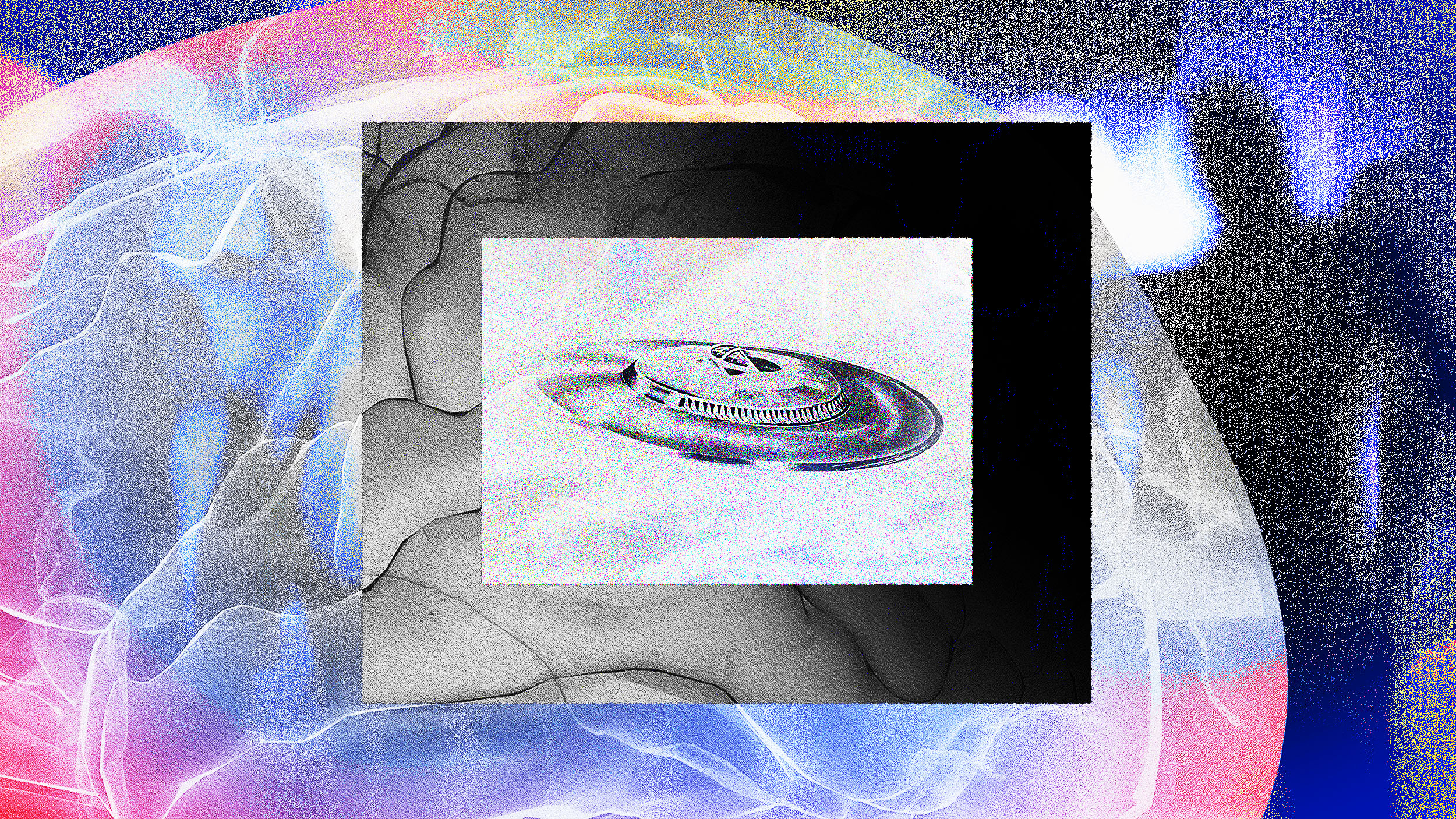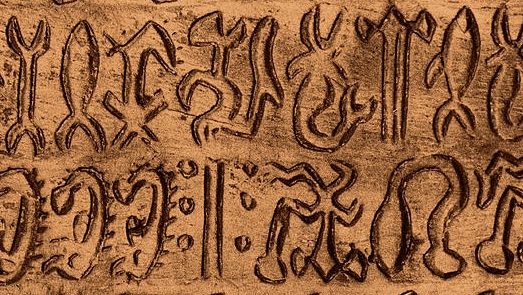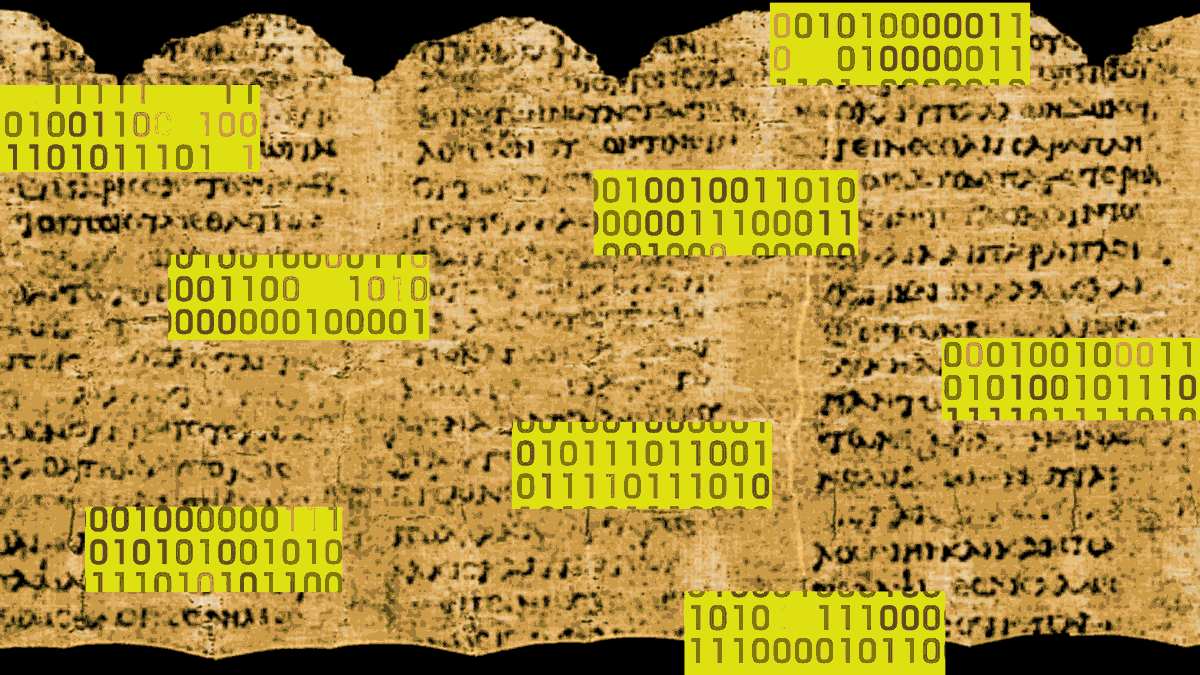- Dr. Michio Kaku explains why he believes in an intelligent creator and describes God as a “mathematician” and his mind as “cosmic music.”
- “The final resolution could be that God is a mathematician,” says Kaku. “The mind of God, we believe, is cosmic music. The music of strings resonating through 11-dimensional hyperspace.”
MICHIO KAKU: Some people ask the question of, "What good is math? What is the relationship between math and physics?" Well, sometimes math leads, sometimes physics leads, sometimes they come together, because of course there's a use for the mathematics.
For example, in the 1600s, Isaac Newton asked a simple question. "If an apple falls, then does the moon also fall?" That is perhaps one of the greatest questions ever asked by a member of homo sapiens since the 6 million years since we parted ways with the apes. "If an apple falls, does the moon also fall?"
Isaac Newton said, "Yes, the moon falls because of the inverse square law, so does an apple." He had a unified theory of the heavens, but he didn't have the mathematics to solve the falling moon problem. So, what did he do? He invented calculus.
So, calculus is a direct consequence of solving the falling moon problem. In fact, when you learn calculus for the first time, what is the first thing you do? The first thing you do with calculus is you calculate the motion of falling bodies, which is exactly how Newton calculated the falling moon, which opened up celestial mechanics. So, here's a situation where math and physics were almost co-joined like Siamese twins, born together for a very practical question, "How do you calculate the motion of celestial bodies?"
Then here comes Einstein asking a different question, and that is, "What is the nature in a of gravity?" Einstein said that gravity is nothing but the byproduct of curved space. So, why am I sitting in this chair? A normal person would say, "I'm sitting in this chair because gravity pulls me to the ground." But Einstein said, "No, no, no, no. There's no such thing as gravitational pull. The earth has curved this space over my head and around my body, so space is pushing me into my chair." So to summarize Einstein's theory, gravity does not pull, space pushes.
But you see, the pushing of the fabric of space and time requires differential calculus. That is the language of curved surfaces, differential calculus, which you learned in fourth year calculus. So again, here's a situation where math and physics were very closely combined, but this time math came first. The theory of curved surfaces came first, Einstein took that theory of curved surfaces, and then imported it into physics.
Now we have string theory. It turns out that 100 years ago, math and physics parted ways. In fact, when Einstein proposed special relativity in 1905, that was also around the time of the birth of topology; the topology of hyperdimensional objects. Spheres in 10, 11, 12, 26, whatever dimension you want. So, physics and mathematics parted ways.
Math went into hyperspace, and mathematicians said to themselves, "Aha. Finally, we have found an area of mathematics that has no physical application whatsoever." Mathematicians pride themselves as being useless. They love being useless. It's a badge of courage, being useless, and they said the most useless thing of all is a theory of differential topology and higher dimensions.
Well, physics plodded along for many decades. We worked out atomic bombs, we worked out stars, we worked out laser beams. But recently, we discovered string theory, and string theory exists in 10 and 11-dimensional hyperspace. Not only that, but these dimensions are super. They're supersymmetric. A new kind of numbers that mathematicians never talked about evolved within string theory. That's why we call a super string theory.
Well, the mathematicians were floored. They were shocked, because all of a sudden out of physics came new mathematics; super numbers, super topology, super differential geometry. All of a sudden we had supersymmetric theories coming out of physics that then revolutionized mathematics.
And so, the goal of physics, we believe, is to a fine in equation, perhaps no more than one inch long, which will allow us to unify all the forces of nature and allow us to read the mind of God. And what is the key to that one inch equation? Supersymmetry, a symmetry that comes out of physics, not mathematics, and has shocked the world of mathematics.
But you see, all this is pure mathematics. And so, the final resolution could be that God is a mathematician. And when you read the mind of God, we actually have a candidate for the mind of God. The mind of God, we believe, is cosmic music; the music of strings resonating through 11-dimensional hyperspace. That is the mind of God.







